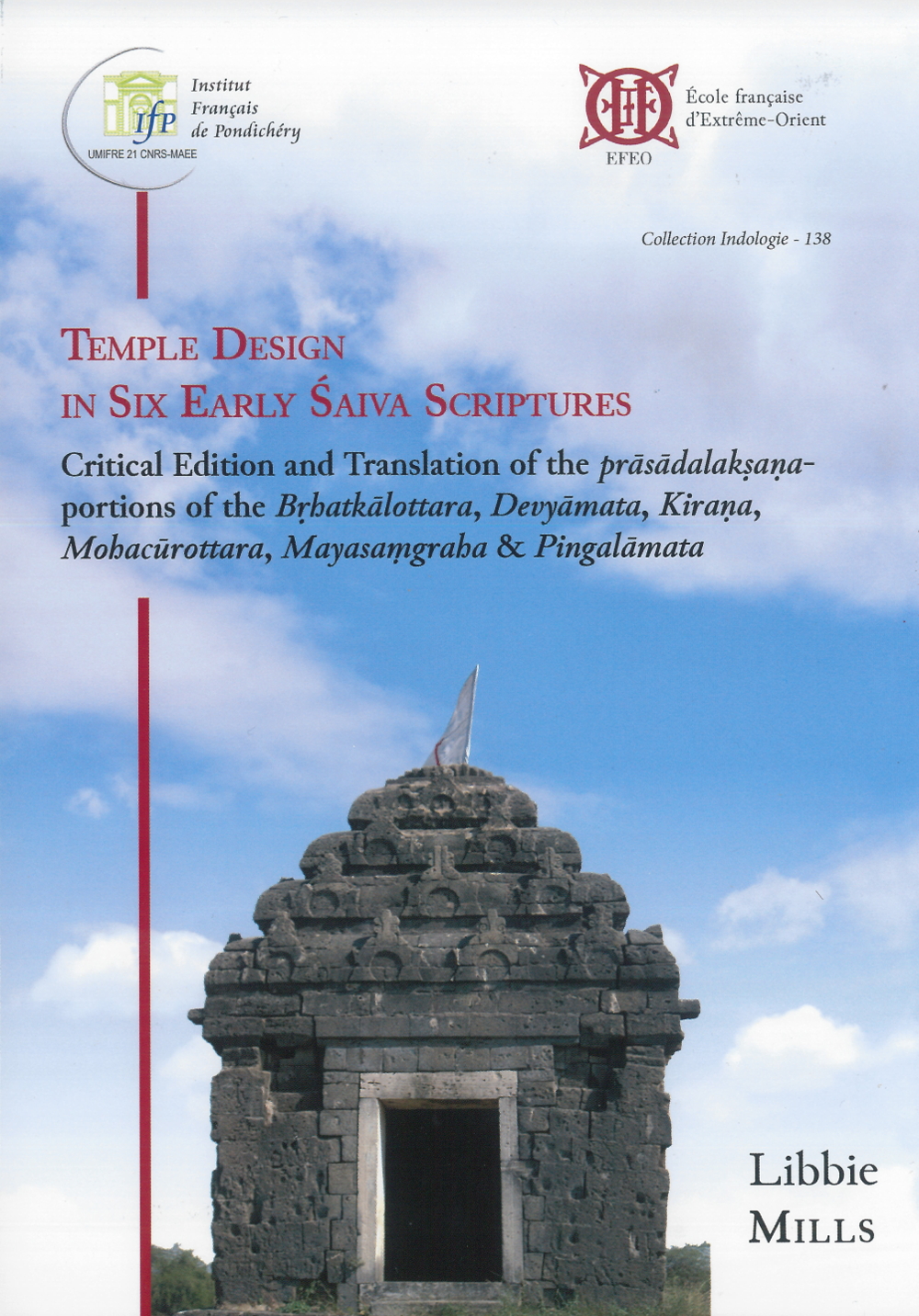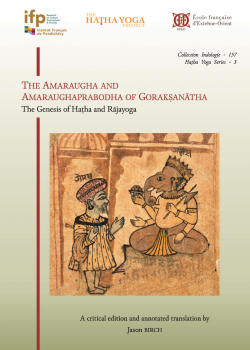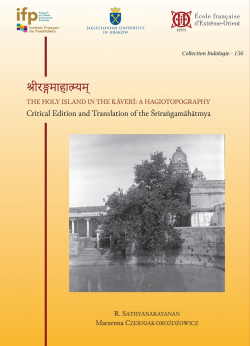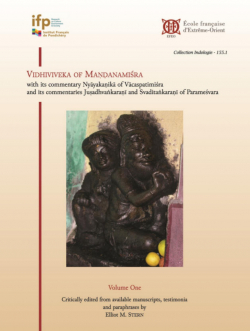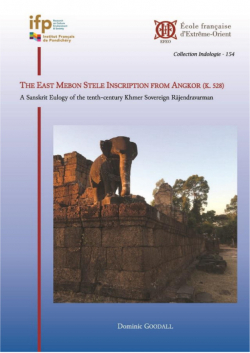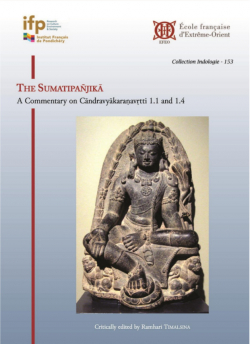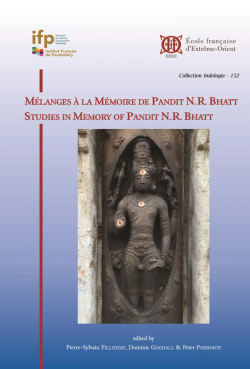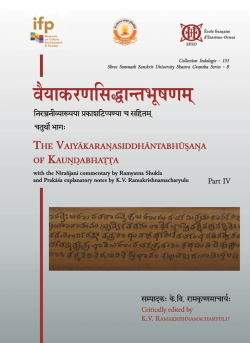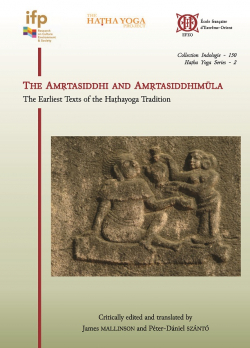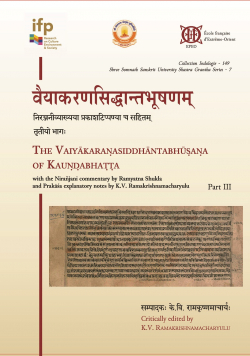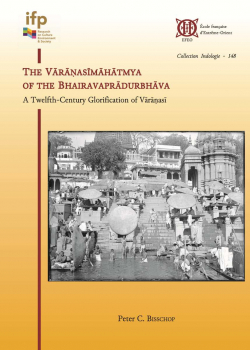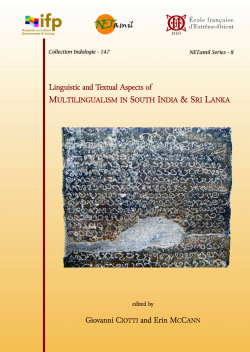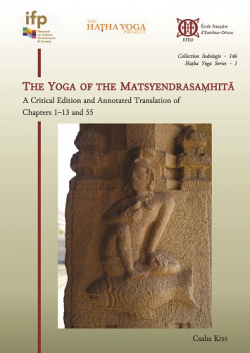The catalog of EFEO Publications includes works on a wide range of disciplines in the humanities and social sciences (archaeology, history, anthropology, literature, philology, etc.), centered on Asia, from India to Japan.
These publications address both specialists, and a wider public interested in Asian civilizations and societies.
Temple Design in Six Early Śaiva Scriptures
Critical edition and translation of the prāsādala-kṣaṇa-portions of the Bṛhatkālottara, Devyāmata, Kiraṇa, Mohacūrottara, Mayasaṃgraha & Piṅgalāmata
Collection : Collection Indologie
Collection's number: 138
Edition: EFEO, Institut français de Pondichéry (IFP)
Publication date: 2019
Status : Out of Print
65,00 €
ISBN-13 : 9782855392332
Width : 17.5 cm
Height : 24.5 cm
Weight : 1,294 kg
Number of pages : 665
Distributor : EFEO Diffusion, EFEO Pondichéry Contact : shanti@efeo-pondicherry.org
Geography : India
Language : English, Sanskrit
Place : Pondichéry
Support : Papier
Description :
hardcover
Abstract
This book is a contribution to the history of Śaiva temple-construction that furnishes for the first time an edition and translation of prescriptions given in some of the earliest known Sanskrit sources. The six works represented in this volume are all scriptures of the Mantramārga (tantras) transmitted to us in early (tenth- to thirteenth-century) manuscripts that have survived in the Kathmandu valley, and all of them, with the exception of the Piṅgalāmata, belong to the Śaivasiddhānta. As to the provenance of the texts themselves, the present state of our knowledge does not allow us to be certain, but none of them seems to have been composed in the Tamil-speaking South. This is significant because hitherto treatments of the architecture and iconography of temples have tended to be heavily skewed towards South Indian tantras of the second millennium. This is partly because many of these have been made more accessible in recent decades by the work of the French institutions of research in Pondicherry (the Raurava, Ajita, and Mayamata, for instance). But the tendency to give weight to the testimony of such sources was evident already in Rao’s Elements of Hindu Iconography (1914), long before critical editions of āgamic literature had begun to appear from Pondicherry. And yet it is clear that the iconographic themes that such literature prescribes were unknown before the construction of Chola-period temples in the Tamil-speaking South. The disconnect is similar for architectural prescriptions too. This ground-breaking book for the first time brings together, edits and translates the prescriptions for temple-types from six tantras that predate Chola-period norms and that hail from more northerly regions.
Notes
You can also order this title at the following address:
shanti@efeo-pondicherry.org
